ULI Special Report: Sustainability Meets Profitability
Net zero is attainable without additional costs—just smart use of existing technologies and talent.
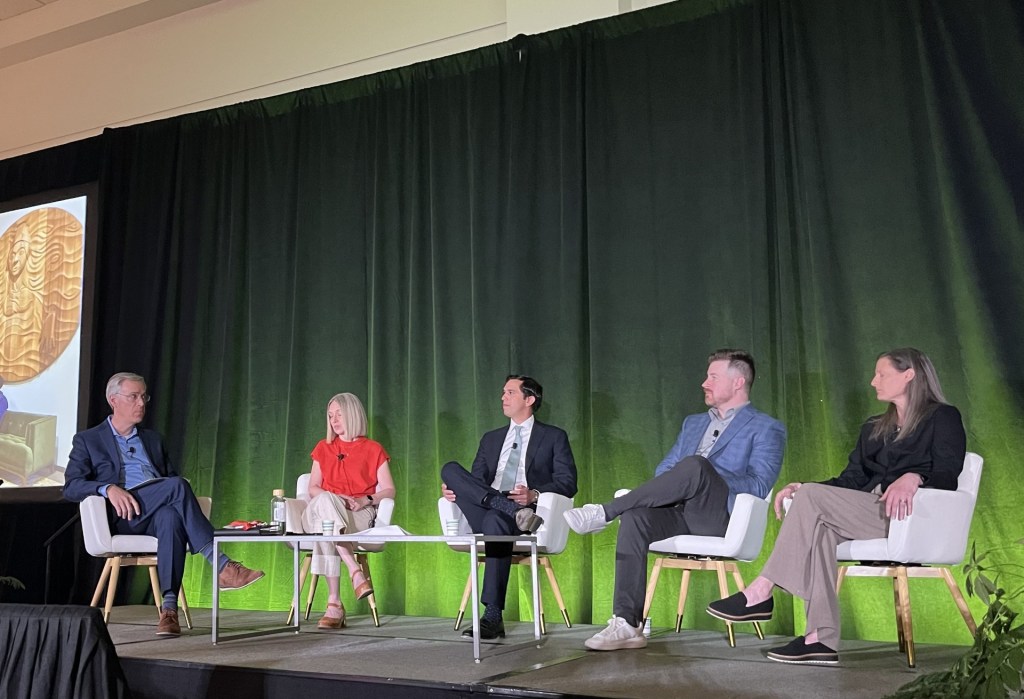
For many commercial real estate developers, owners and operators, decarbonization and maximizing profits are often seen as mutually exclusive goals. Materials such as low-carbon concrete and mass timber can be more expensive to build with on the front end, while sustainable energy sources are often less cost-effective to implement than run-of-the-mill energy and climate control systems.
But can developers have it both ways? Panelists speaking at the Urban Land Institute’s 2025 Spring Meeting in Denver seem to think so. The panelists, a group of architects and developers behind the PAE Living Building and the Bridge District, two zero-carbon mixed-use properties located in Portland Ore. and Washington, D.C., made the case.
According to the experts, a conscientious leveraging of energy-efficient design features and operational practices alongside marketing for sustainability-minded tenants can not only lead to reduced energy costs and efficient, resilient operations, as well as heightened property-wide profits and leasing volumes.
Participants highlighted lower utility costs, increased net operating incomes, a versatile capital stack and investment process alongside unique appeals to renters and commercial tenants alike as reasons for sustainability’s existence as a revenue-generating force multiplier.
However, achieving these ends doesn’t often require any sort of innovation on the part of the developers themselves; rather, a sustainable project that makes back its return on investment is more often the result of a sound development strategy than any form technological innovation.
Capitalization: myths vs. facts
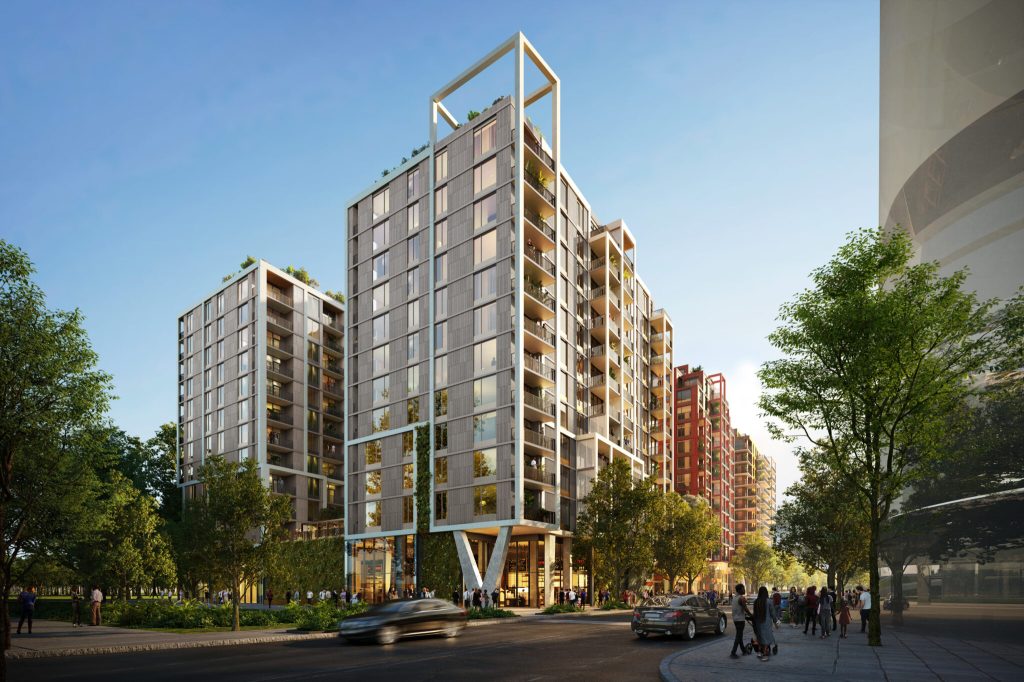
In the mind of Sohael Chowfla, senior vice president of development at Redbrick LMD, part of the reason that carbon-reduced construction is seen to happen more from a desire for environmental impacts than revenue-generation is the commonly-held view that projects don’t return investments throughout their lifecycle. “For decades, there was a notion that building sustainable developments was not accretive economically, either because construction costs were too high, or that deals typically don’t evolve on (their) five- to seven- year investment horizon,” Chowfla said.
Chowfla, whose firm is developing the Bridge District, a seven-building, 2.5 million-square-foot mixed-use campus, detailed the financing nuances that went into penciling the project’s first phase. Throughout the process, Redbrick didn’t exactly do anything new. “Value in real estate is created through acquiring land at an attractive price, layering on financing, building the building for a good cost and outperforming lease up,” Chowfla said.
Being built in an opportunity zone in D.C.’s Ward 8 allowed the $350 million project to both get its land purchased at a discount and collect $225 million in equity. Additionally, contracting directly with mechanical engineers allowed Redbrick to know in real time where each dollar invested in the project’s sustainable components would go, allowing the firm to make optimal decisions around sustainable construction materials and mechanical systems, while not compromising the design’s cost-effectiveness.
Jill Sherman, co-founder of Edlen & Co., the developer behind the five-story PAE Living Building, further stressed the need for cost-reduction in the capital stack. Edlen’s approach was to include architects in the investment process.
“You mitigate some risk by having partners, including architects, as early investors in the building, and that helps to minimize some of the pre-development expenses,” she said. The project itself, which broke ground shortly after the Coronavirus pandemic began, was capitalized in part with debt at a 10-year treasury rate below 3 percent, in addition to C-PACE financing.
The results of these wagers taken on by investors? The Bridge District generated 300 to 400 basis points of return accrual compared to a non-opportunity-zoned deal and requires 40 percent less energy to operate, according to Chowfla. The PAE Living Building was 80 percent preleased with an anchor-tenant. “For us, decarbonizing is about maximizing returns, not being mission-driven,” he said.
The design dimension

But cost reduction and revenue-generation conversations don’t only happen in investor meetings. They are also very much present in the design and operations process. For the PAE Living Building, “the decisions were predicated on the ROI, as well as how to lower construction costs,” according to Brian Earle, principal at ZGF Architects LLP, the design firm behind both properties.
In contrast to conventional wisdom, this mindset went together with building out the project’s sustainability features. “The best thing we could have done for the façade was not to thicken the insulation, but make sure that the windows were in the right place,” Earle detailed. “We saved money through less expensive glass while being able to charge higher rents, and that was a win we had in the first two months’ concept design.” Another demonstration of this mindset was the building’s design using a mass timber shell with a concrete core.
Even for something as simple as solar panels, choices around their shape and orientation can save on costs, leading to few installations that generate more energy, according to Earle.
Cost savings in construction can in turn give developers more freedom in their operational sustainability solutions. The PAE Living Building, designed to last 500 years, is able to generate 113 percent of its annual energy needs through onsite solar arrays and rainwater capture systems. Meeting the requirements of the Living Building Challenge makes it one of the most sustainable properties in the world.
Intangible revenue drivers
At the end of the day, any sustainability-oriented property needs to actually be occupied by renters and tenants. Chowfla emphasizes marketing to tenants interested “in being in buildings that align with their own sustainability values,” as well as Gen Z renters and employees who have a focus on health and wellness. “(They) tell friends, family and social media networks about the value of a net zero building,” he noted.
LISTEN HERE: Sustainability Street: Inside an Award-Winning ESG Program
Like the end goal of driving high occupancies, rents and profits, the process to getting there is a familiar one, according to Chowfla. “If you manage existing technologies and people, you can achieve net zero at no cost premium,” he said. “There’s nothing new here, it’s just a matter of paying attention.”

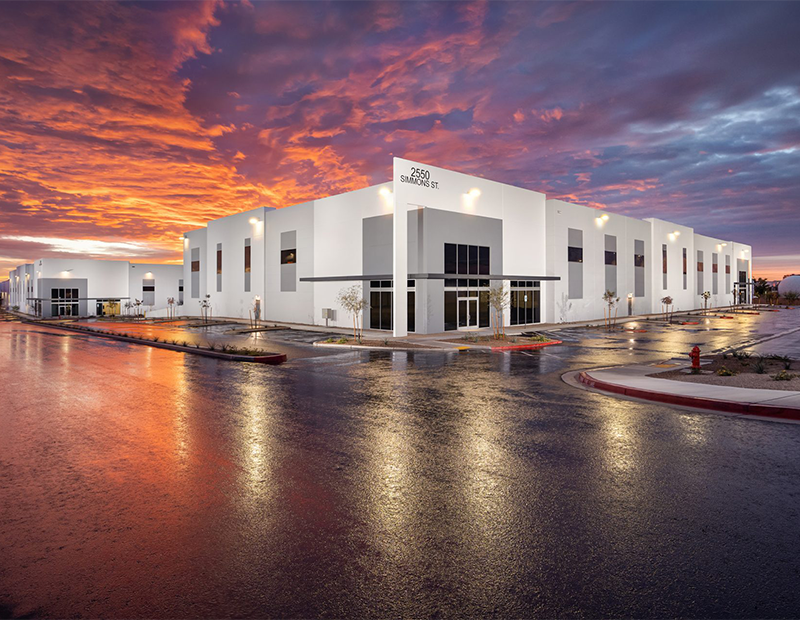
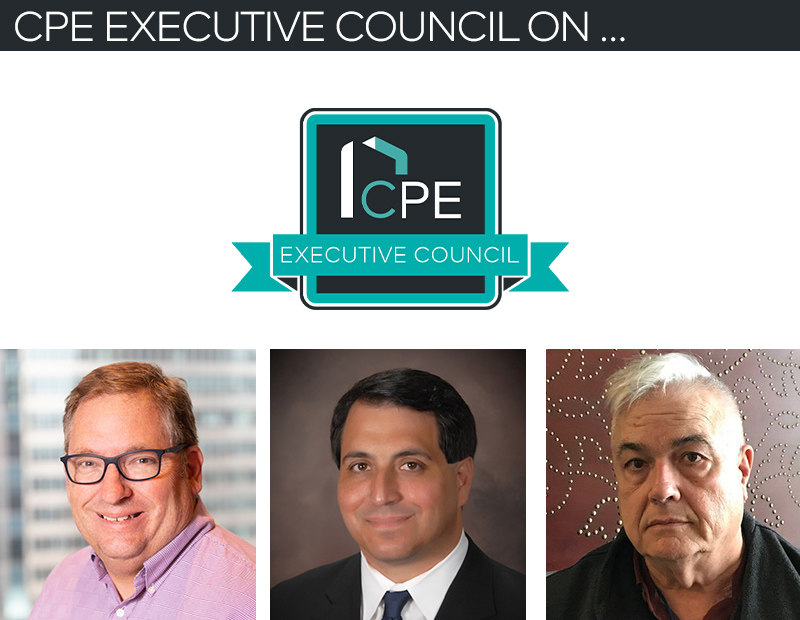
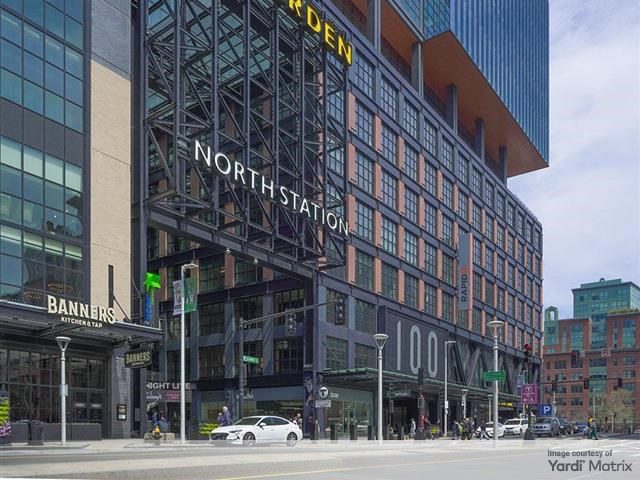
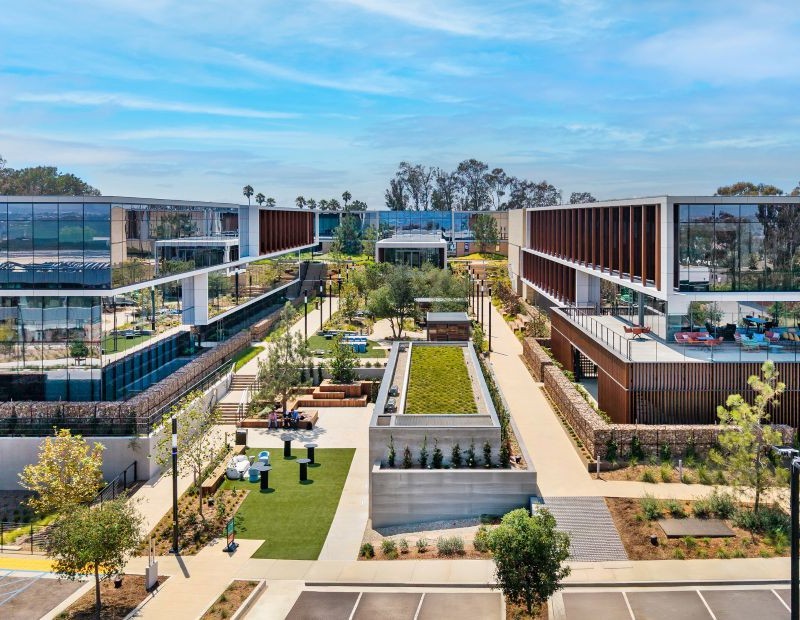
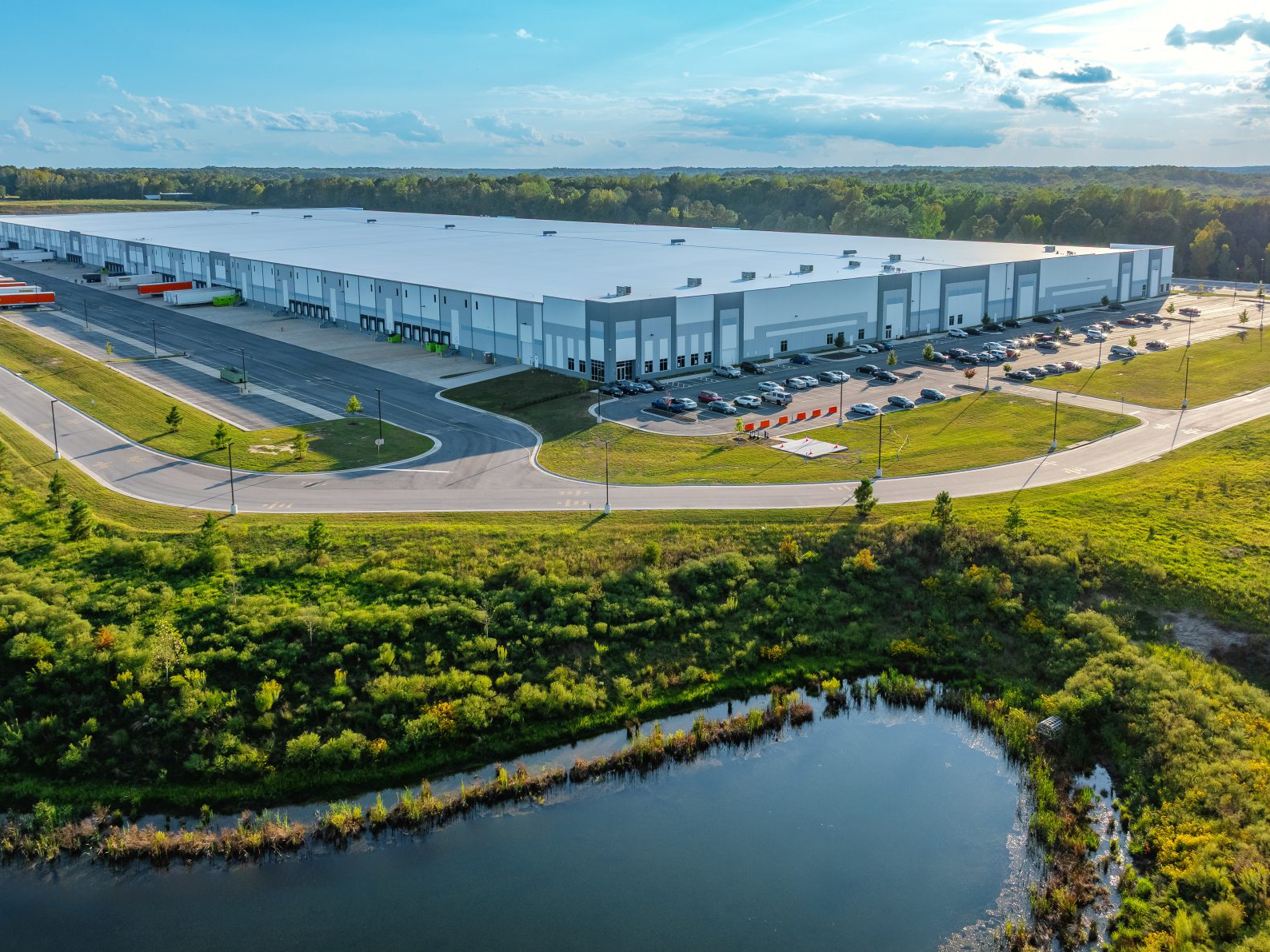
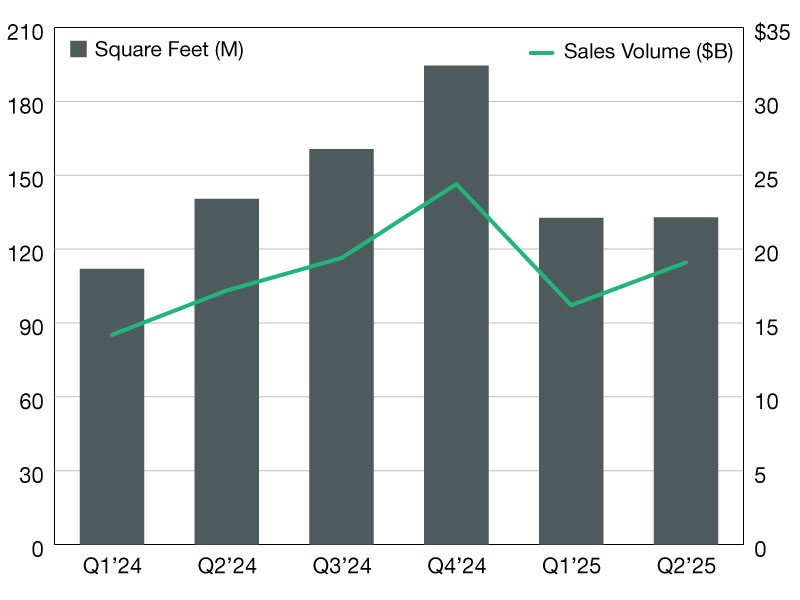
You must be logged in to post a comment.